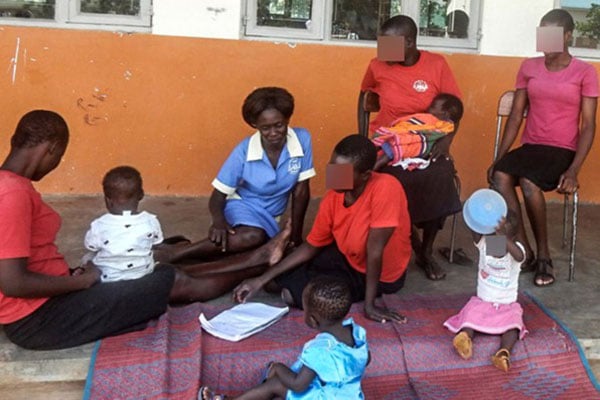Prime
Education is key for girls to achieve their full potential

Joan Kembabazi
What you need to know:
...support grassroot initiatives and campaigns that focus on creating awareness and mindset change.
I know of a 15-year-old girl who has never set foot in the classroom. She has been denied her fundamental right since childhood. Imagine how her future will be and the future of her children.
Girls deserve to realise their full potential, follow their dreams and become change makers, philanthropists and leaders of tomorrow. However, so many girls are being held back by various barriers from acquiring good quality education to enable them achieve their dreams. According to Unesco,129 million girls globally are out of school, of which 50 million girls are in sub-Saharan Africa.
Even though the gender gap in education has narrowed worldwide, this is not the same in Uganda. Most girls in Uganda face barriers to education and in some cases, these barriers can be so severe that girls are unable to acquire an education at all.
Poverty-stricken families in Uganda are unable to afford the costs associated with sending their children to school, such as school fees. Even in areas where there is free education and parents don’t have to pay school fees, it is always costly for them to cater for other costs such as scholastic materials, uniforms at the same time supporting household needs.
Negative social and cultural norms such as traditional gender roles and child marriage limit girls from accessing education. According to a 2020 report by Unicef, Uganda records 34 percent of girls per year who marry before their 18th birthday despite the country’s legal provisions and the global community’s pledge to end child marriage and other forms of violence against girls (UNFPA,Uncief 2019) and most of these girls have dropped out of school or have never set foot in the classroom. The negative cultural and societal beliefs that surround girls’ education such as the belief that girls belong to the bedroom, kitchen, taking care of the household chores and that girls become part of her husband’s family contributes to the low numbers of girls acquiring an education.
Climate disasters such as floods and droughts that hit most of Ugandan communities are likely to translate into an end to education thus contributing to the rates of girls dropping out of school. In times of drought, girls walk long distances and spend much time to collect water, which causes them to miss school or reach school late and tired and also contribute to school dropouts.
Unfriendly school-environments that give room to violence and discrimination make schools unsafe for girls to learn. The lack of gender-responsive teaching practices limit girls from staying in school and completing their education. Girls are also likely to be kept out of school during menstruation, partly due to a lack of washrooms and toilets, but also as a result of stigma.
We have what it takes to break the barriers that limit girls from acquiring quality education and achieve the UN Sustainable Development Goal on education by 2030.
The Ugandan government needs to put girls at heart and prioritise funding girls’ education to provide free education opportunities that helps girls, especially the most marginalised get quality education. Funding and supporting gender-transformative education systems will make education more inclusive and equitable by identifying and tackling discriminatory gender norms, barriers and inequalities and promoting safe learning environments for all girls.
Schools should also be able to provide Water, Sanitation and Hygiene (WASH) facilities and menstrual products to support girls during their menstruation to be able to stay in school.
Funders and donor organisations should support grassroot initiatives and campaigns that focus on creating awareness and mindset change in communities to promote girls’ education.
Ms Joan Kembabazi is a gender equality activist and Founder & team leader of Gufasha Girls Foundation.




